|
Ephemeral ponds are temporary ponds of springtime, sometimes called vernal pools. Springtime, melting snow, and spring rains bring water and life to the ephemeral ponds and vernal pools at Nachusa Grasslands. Amphibians and macro invertebrates use these ponds as a nursery for their young. These small bodies of water flourish in the spring and then quietly, without notice, disappear into the heat of the summer. While they exist, they offer special advantages and challenges for the life that inhabits them. Plants and animals in ephemeral pools must be adapted to wet conditions in spring and dry conditions by early summer. Plants that thrive in vernal ponds are very often the same plants that one would find on the edge of permanent ponds. Permanent ponds overflow their banks in spring and a shoreline of sedges, grasses, and forbs begin to emerge in the cold water. These same types of plants emerge in the cold water of vernal pools. These plants will continue to thrive on the shores of a permanent pond as the water recedes and in vernal pools as the water fades and the pond dries. Frogs and salamanders seek out ephemeral ponds as safe breeding pools and nurseries for their young. A pond that dries out part of the year, or freezes entirely, prevents fish from establishing. Fish would eat amphibian eggs, small tadpoles, or small sallywogs*; they would also compete for the macro invertebrates that provide a rich source of food for the adult and juvenile amphibians. The trade-off is the young must grow fast enough to leave the pool before it dries in the summer heat. Nachusa’s ephemeral ponds have the advantage of being surrounded by a rich and diverse grassland. As the ponds dry, the young that managed to mature enough to leave the watery place of their youth, can venture forward into a land of plenty. Appetite-satisfying insects are plentiful. The tall grasses and abundant flowering plants provide camouflage and shelter. This is a sharp contrast to ponds among row crops, where the plants are a monoculture and are frequently sprayed with pesticide. Or, in the suburbs, where lawns are mowed right up to the waters edge, leaving no place to hide; tasty insects are sparse. Many times ephemeral ponds are filled, drained, or dug deeper to create a permanent pond, ruining the qualities that support unique macro-invertebrate and amphibian life. At Nachusa the challenges of survival in the natural world exist for amphibians, but without many of the artificial challenges that the modern world brings. Nachusa has many of these wonderful ephemeral ponds. They can often be located this time of year by the sounds of calling frogs. Western chorus frogs and spring peepers are the first to begin calling in late March or early April and are later joined by northern leopard frogs and American toads. Readers of the blog are likely familiar with the sound of the western chorus frog, often described as the sound of a fingernail being dragged across the teeth of a plastic comb; or its contemporary the spring peeper whose call begins with peep, peep, peep. The trill of the American toad is long and carries in the night air. The northern leopard frog with its low rumble, is followed by a bit of chuckle. The copes gray treefrog begins calling around early May; its call is a similar trill to the American toad, but instead of a long steady call, the copes trill comes in quick, short bursts often two or three at a time. Listen for calling frogs after the sun sets, when the winds are calm. One resident of Nachusa is never heard and seldom seen. The silent, but intriguing tiger salamander with its marbled skin, likely visits these ponds as a refuge and breeding site. Presently the pond waters are filled with eggs of frogs and salamanders. Soon these vernal pools will be filled with tadpoles and sallywogs* competing to be the next generation of amphibian life at Nachusa. As volunteers and staff at Nachusa restore the native landscape, ephemeral-pond-dependent species grow in population and diversity. Drain tiles throughout the preserve have been broken or removed, and low spots have been enhanced to return the natural hydrology to the land and allow spring wet areas to return; this increases the areas for amphibian populations to expand. It has been reported that the call of the plains leopard frog has recently been heard near the Tellabs ponds. If confirmed, another species can be added to the list of animals that call Nachusa home. The ephemeral ponds surrounded by plentiful grasslands preserves the ecological diversity that is the living tapestry of Nachusa Grasslands. Text and Photos by Paul Swanson
*Sallywogs used to denote salamander larvae vs. frog larvae.
4 Comments
4/19/2017 05:58:14 am
Thanks for the informative post. Do any of the wallows created by bison hold water long enough for amphibians to reproduce?
Reply
Paul Swanson
4/19/2017 08:14:12 pm
Thanks David. The few bison wallows I have observed don't appear deep enough, to hold water long enough, to be sites of reproduction. Perhaps, over time, with continued use by the bison they might become deep enough. Having said that, they may still be important habitat. The picture of bullfrogs in the two track illustrates the amphibians will make use of available puddles of water. Interesting, the frogs were all facing out from the center of the puddle and this was consistent with other puddles I observed. Whether that made better hunting of insects, faster escape to safety, or some other reason is anybodies guess. The great thing about having bison at Nachusa is we will be able to make observations over time and hopefully answer your very good question.
Reply
Betty Higby
4/30/2017 07:24:13 pm
I know next to nothing about frogs and toads, so I found this entire post fascinating. I especially appreciate your descriptive identification of their various vocalizations. Thanks, Paul!
Reply
Paul Swanson
5/1/2017 07:58:44 pm
Thanks Betty. In the early spring the Peggy Notebaert Nature Museum offers classes for people interested in frogs. The classes are part of the "The Calling Frog Survey" that collects data to help identify where frogs are still breeding to better protect their future. The class is free and only takes a few hours, but will introduce you to the call of frogs likely to be heard in our area.
Reply
Your comment will be posted after it is approved.
Leave a Reply. |
Blog CoordinatorDee Hudson
I am a nature photographer, a freelance graphic designer, and steward at Nachusa's Thelma Carpenter Prairie. I have taken photos for Nachusa since 2012. EditorJames Higby
I have been a high school French teacher, registered piano technician, and librarian. In retirement I am a volunteer historian at Lee County Historical and Genealogical Society. Categories
All
Archives
January 2024
|
CONNECT WITH US |
|
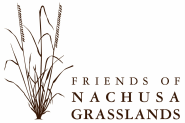
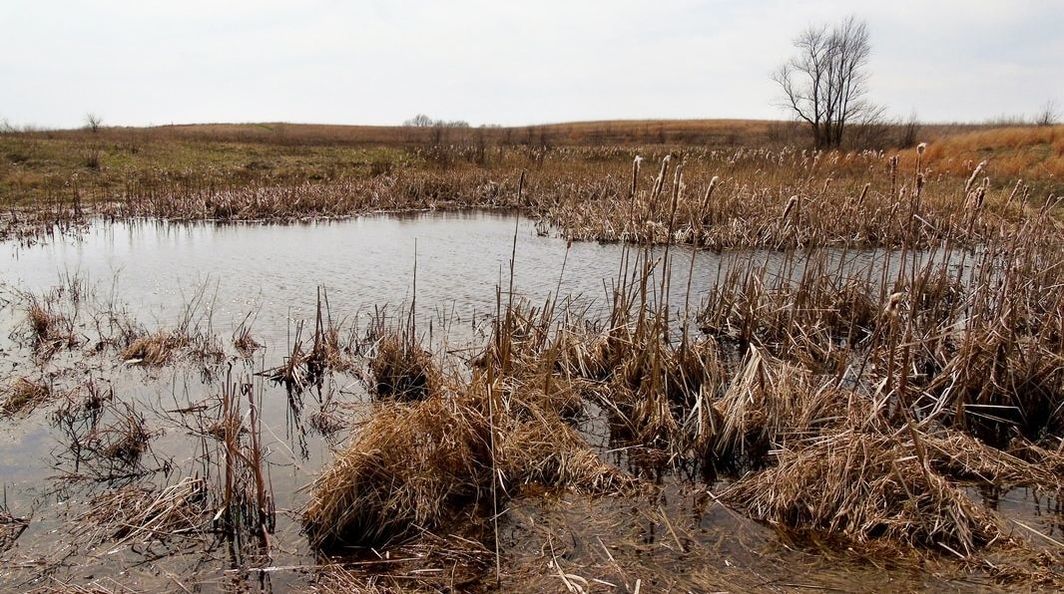
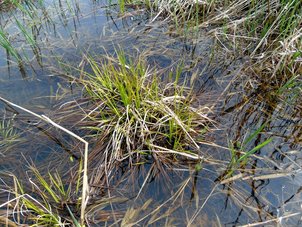
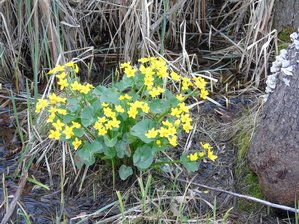
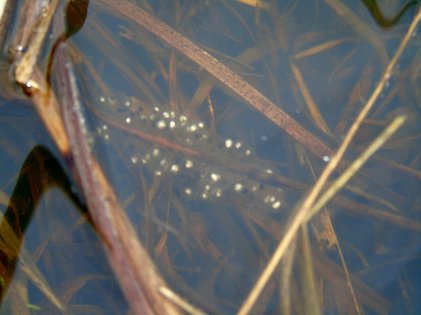
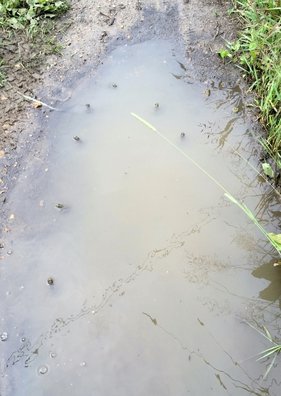
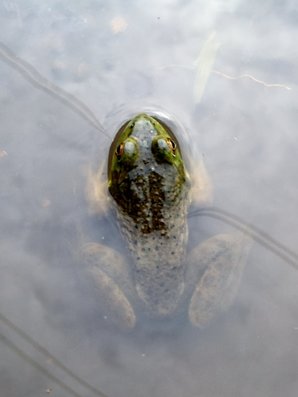
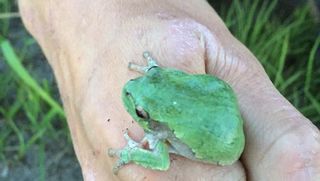
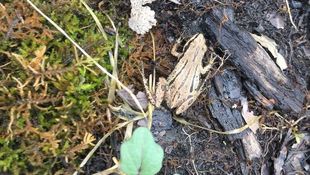
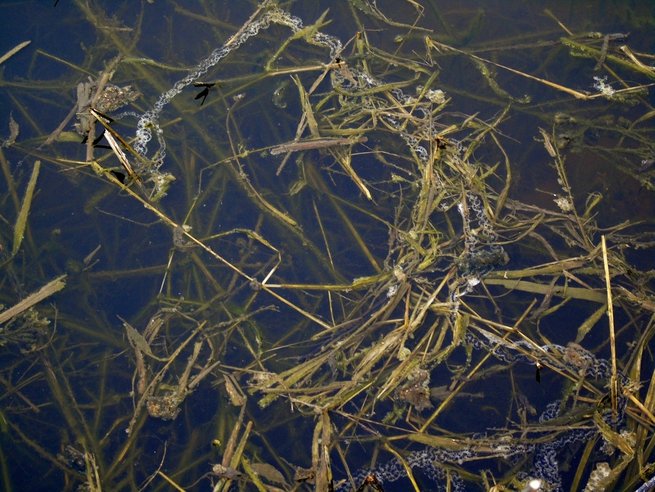
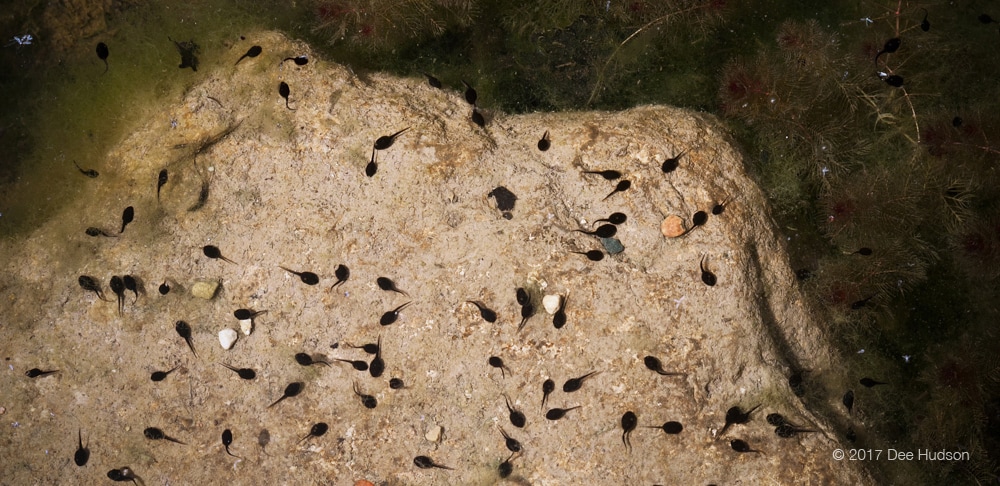

 RSS Feed
RSS Feed